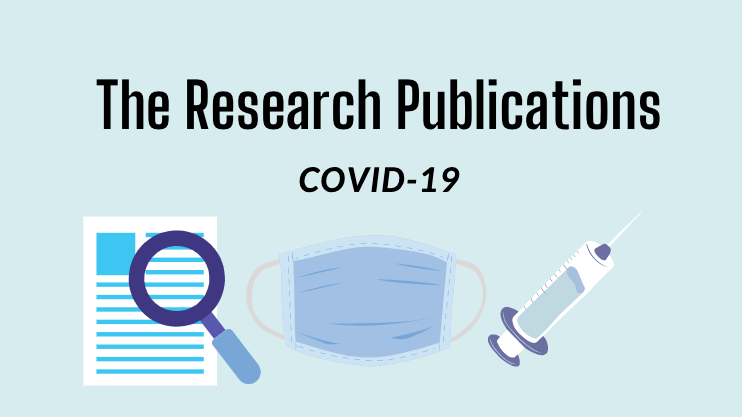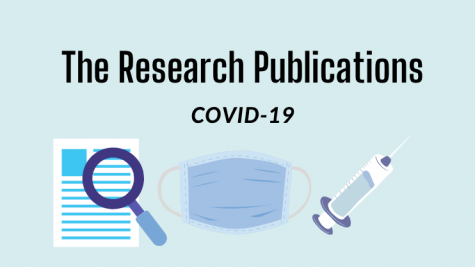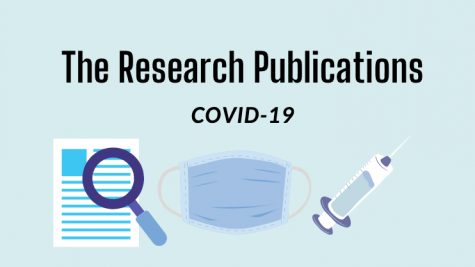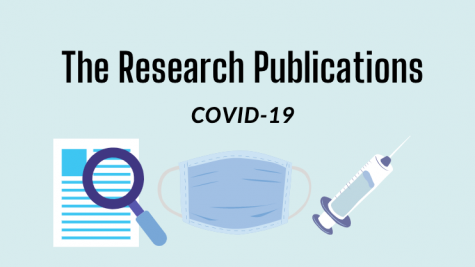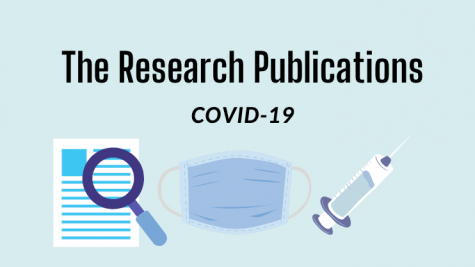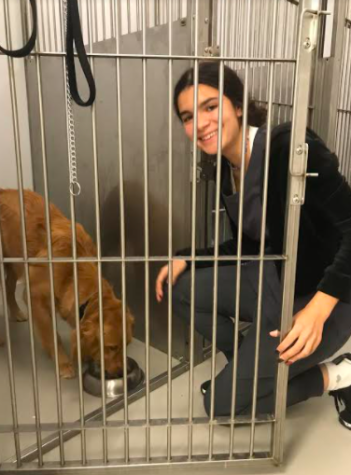How do leading vaccines work?
The PV Student Publication has partnered with The Research Club to publish a series of research essays entitled “The Research Publications.” The fourth essay discusses how leading vaccines tackle COVID-19 and help the body fight off the virus.
(Editor’s Note: The PV Student Publication has partnered with The Research Club to publish a series of research essays related to topics of COVID-19. All research essays are written and fact-checked by members of the Research Club, and The PV Student Publication is rolling out these essays as a service to our community. The fourth essay discusses how leading vaccines, such as Pfizer and Moderna, tackle COVID-19 and help the body fight off the virus. This paper is written by junior Jolie Bellaff, fact-checked by junior Leah Glasser, and edited by senior Elise Schicker.)
After almost a year since the commencement of COVID-19, vaccines are finally being distributed. There are a handful of companies racing to get their vaccines out to the public, and each prevents the virus in a different way. Some of the most prominent types of vaccines are mRNA, protein subunit, and vector vaccines.
The leading vaccines in the U.S. are the Pfizer and Moderna vaccines. Both companies have created mRNA vaccines. These vaccines work in a way that essentially tricks your body into developing antibodies. COVID-19 particles are covered in spike proteins. Scientists use the mRNA found in the spike protein to produce a spike protein that is not harmful. According to the CDC, the mRNA will then enter the immune cells, where they “Use them to make the protein piece”. The protein piece is a segment of the COVID-19 spike protein. Once it is synthesized, the immune cell displays it on its surface[2].
Once that happens, our immune system recognizes that the protein should not be there and will create a natural immune response. This response is comparable to an actual response to an infection from COVID-19; thus, mRNA vaccines teach the body how to fight off this virus if it encounters it.
The Pfizer vaccine requires two separate doses, 21 days apart. Symptoms wise, the most common ones are pain, swelling, and redness around the injection site, along with headache, chills, and tiredness throughout the rest of your body[3].
For the Moderna Vaccine, two separate doses are also required, but they are 28 days apart instead. According to the CDC, this vaccine withholds the same symptoms of pain, swelling, redness, headache, chills, and tiredness, that the Pfizer vaccine is found to have[4].
Other companies have opted to produce a vector vaccine. Johnson&Johnson and AstraZeneca have developed a vaccine of this type. Vector vaccines are made with a weakened version of a virus different from the one that causes Covid-19[5] This virus is unable to reproduce, rendering it harmless. According to the New York Times, these are called adenoviruses. The genetic material inside of them is double-stranded DNA unlike the single-stranded RNA used in mRNA vaccines. Scientists implement the genetic material from COVID-19 into the adenovirus so that when it reaches the cells, the genetic material causes spike proteins to be made that are specific to Covid-19[6]. And, as stated by the CDC, “This prompts our bodies to build T-lymphocytes and B-lymphocytes that will remember how to fight that virus if we are infected in the future”[7].
Just as the leading mRNA vaccines, the AstraZeneca vaccine requires two separate doses, though they should be taken 8-12 weeks apart. According to the WHO, the closer to 12 weeks apart the doses were administered, the higher efficiency of the vaccine. This vaccine has been found to be 63.09% effective in preventing symptoms of COVID-19. The AstraZeneca vaccine is found to cause some of the common vaccine symptoms of tenderness and swelling around the injection site, along with fatigue, headache, and fever.[8]
Unlike the other vaccines we have looked at so far, the Johnson & Johnson vaccine only requires a single dose. This vaccine, according to NPR, has proved to be 66% efficient in preventing COVID-19, but “Is 85% effective in preventing severe forms of the disease”. The side effects of the Johnson & Johnson vaccine are similar to all previously mentioned vaccines.[9]
In addition to vector and mRNA vaccines, there is a third type of vaccine being used called a protein subunit vaccine. Norovax is one of the leading companies creating and distributing it. According to the CDC, these types of vaccines use a harmless protein from the COVID-19 molecule. Once the body sees this, it recognizes that the protein is not supposed to be there and it induces an immune response that creates antibodies for COVID-19.[10]
This system may be better in terms of side effects, according to Gavi.org, who states that “Restricting the immune system’s access to the pathogen in this way minimize[s] the risk of side effects.” A study conducted at the University of Texas at San Antonio confirms this. An associate in the study stated, “The most common side effects were some mild pain and tenderness where the shot was given. Some experienced fatigue or muscle aches, but no one had a fever, and headaches were just as common for volunteers who received the placebo as for those who received the vaccine.” These side effects are clearly milder than the vaccines previously mentioned.[11]
The Novavax vaccine, like the Pfizer vaccine, requires two doses, 21 days apart. According to the New York Times, the vaccine proved to be 89% effective in preventing COVID-19[12].


